🎚 Dial a Poet: Twist the top-side dial to select your poet.
🖨 Print Poetic Visions: Each poem is instantly printed out on a thermal prinr for you to keep, scrapbook, or pin to the refrigerator.
🔧 Off-the-shelf Heart: Built with accessible, DIY-friendly parts and a whole lot of love for the whole lot of you.
Poetroid is powered by a Single Board Computer (SBC) running Linux, a thermal printer, screen, and mechanical keyboard controls. It is powered by a Bezos-Barn battery pack of questionable legitimacy.
Check it out:

The image recognition and poetry-writing is powered by self-hosted and open source models and libraries. They can be run on the SBC itself, slowly, or on a server with a GPU.
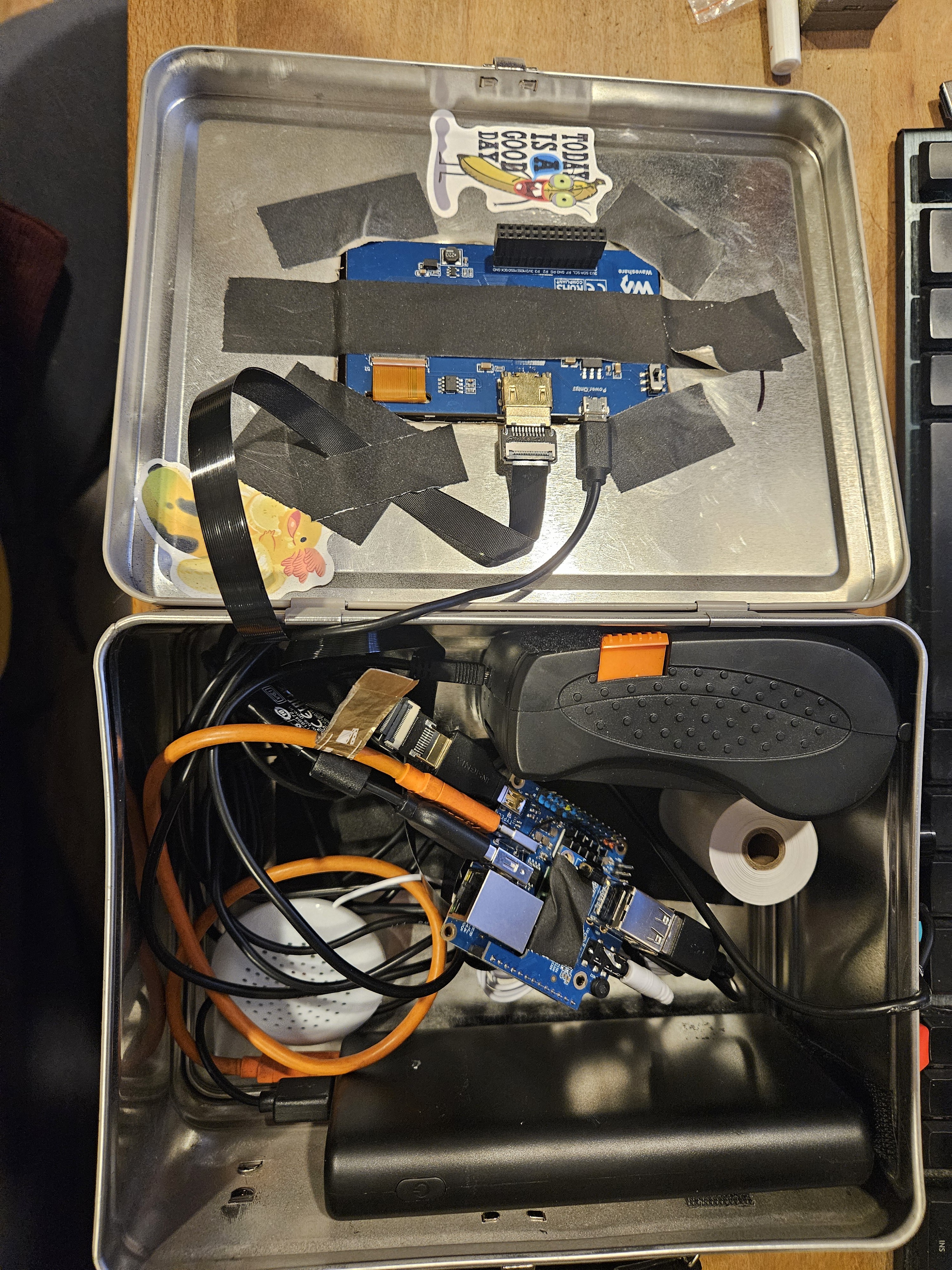
Check the sidebar for code repo. Server code coming soon.
 stopsendingmejunk
stopsendingmejunk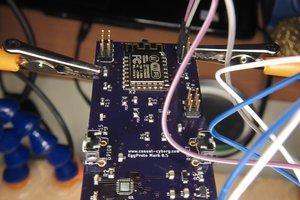
 Casual Cyborg
Casual Cyborg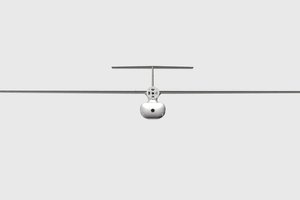
 tlankford01
tlankford01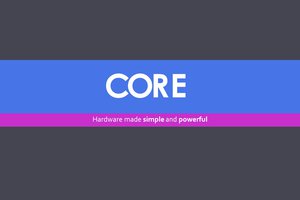
 Matheus Marotzke
Matheus Marotzke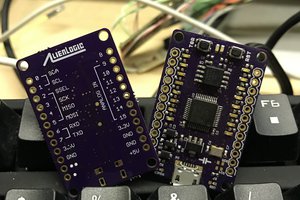
 chmod775
chmod775